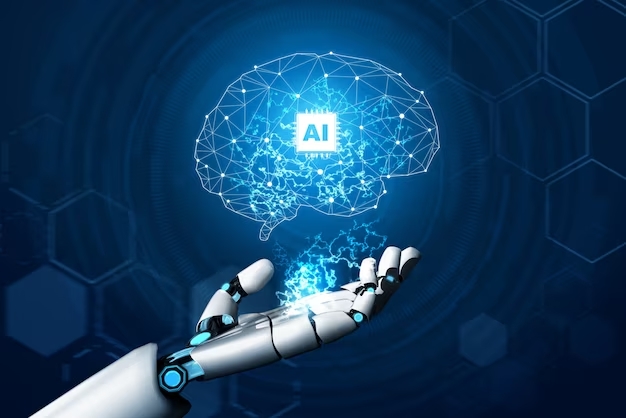Artificial Intelligence, or AI, has infiltrated the realm of artistic expression, offering a palette of possibilities for creators in the arts industry.
Visionaries, like Lady Gaga and Nicki Minaj, have harnessed the power of AI to innovate their craft, notably in the design of album covers.
However, this integration of technology into the artistic process raises profound ethical dilemmas, casting shadows upon the integrity of artistry.
Lady Gaga, an icon known for her boundary-pushing creativity, ventured into the realm of AI-generated art to craft visually arresting album covers.
In her album “Chromatica,” Gaga collaborated with AI algorithms to birth captivating visuals that mesmerized audiences.
Yet, amid the allure of AI-enhanced creativity, questions arise regarding the authenticity and soul of such creations.
The use of AI blurs the lines between human ingenuity and machine precision, casting a shadow over the artistic integrity of the work.
Similarly, Nicki Minaj, a luminary in the hip-hop sphere, has embraced AI to infuse her album covers with novel visual concepts. Through AI-generated designs, Minaj explores uncharted territories of artistic expression, capturing the essence of her music in captivating imagery. However, the reliance on AI poses ethical quandaries regarding the essence of creativity and authorship.
As AI becomes a co-creator in the artistic process, questions emerge about the authenticity and soul of the artwork produced. The infusion of AI into the arts industry raises a tapestry of ethical considerations, casting a shadow upon the sanctity of artistic creation.
One of the most pressing concerns is the question of authorship and ownership. In traditional artistic endeavors, creators retain sole ownership of their work, wielding control over its distribution and usage.
However, in the realm of AI-generated art, the lines of ownership blur, raising questions about who holds the rights to the creations spawned by AI algorithms.
This ambiguity can give rise to legal disputes and undermine the financial livelihood of artists. Moreover, the proliferation of AI in art creation challenges fundamental notions of authenticity and originality.
While AI can mimic artistic styles and generate visually striking imagery, it lacks the human experience and emotion that imbue traditional art with depth and meaning.
As a result, AI-generated artwork may lack the soul and cultural resonance attributed to human-made creations, diminishing the artistic value and cultural significance of the art form.
Furthermore, the ethical implications of AI in art extend beyond questions of ownership and authenticity to encompass broader societal concerns.
AI algorithms can be manipulated to produce offensive or harmful imagery, exacerbating existing social tensions and perpetuating harmful stereotypes.
Additionally, the rise of AI deepfake technology poses a threat to individuals’ privacy and security, as AI-generated images and videos can be used to deceive and manipulate audiences.
While the integration of AI into the arts industry presents exciting opportunities for innovation and creativity, it also raises profound ethical questions.
Gaga and Minaj exemplify the transformative potential of AI in art creation, yet the ethical implications of AI-generated art cannot be overlooked.
As the arts industry navigates this technological frontier, it must grapple with the shadows cast upon artistic integrity and uphold the values that underpin the art world.

